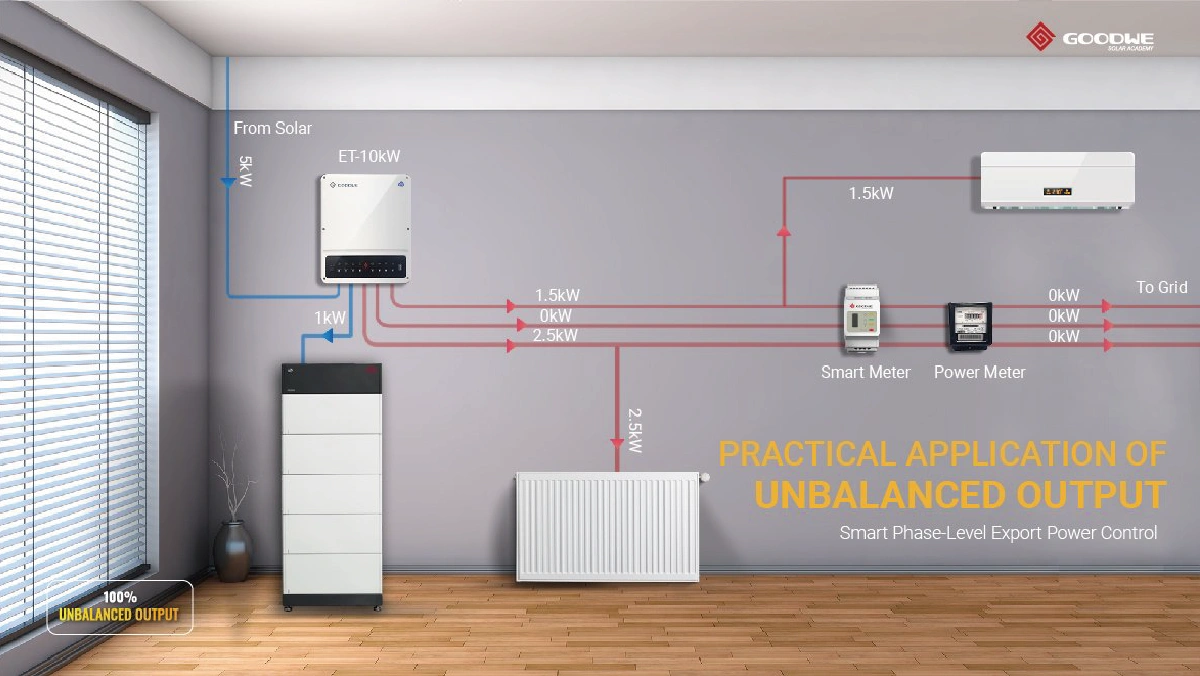
Sydeny–In a major push to accelerate its energy transition, the Australian government has rolled out a multi-billion-dollar subsidy program for household solar batteries, making it more affordable for families to adopt renewable energy and reduce electricity bills.
The federal government’s $2.3 billion “Cheaper Home Batteries Program”, which officially commenced on July 1, 2025, provides subsidies covering approximately 30% of the installation cost of a home battery system. This initiative is part of Australia’s broader strategy to achieve zero-carbon electricity and enhance grid stability by encouraging more households to store solar energy.
The subsidy is administered through the existing Small-scale Renewable Energy Scheme (SRES), where households receive Small-scale Technology Certificates (STCs) that can be sold to offset the upfront cost of installation. The subsidy is calculated at up to $372 per kilowatt-hour (kWh) of battery capacity.
State-Level Incentives Multiply Savings
The federal subsidy is designed to be stacked with various state-level incentives, significantly increasing the total support available to homeowners.
For instance, in New South Wales, the state government has increased its rebate for connecting batteries to a virtual power plant to $1,500, nearly double the previous amount. This means a household in NSW installing a 27 kWh battery could receive around $10,000 from the federal government plus the $1,500 state rebate, bringing the total subsidy to over $11,000.
Other states, including Queensland, South Australia, and the Northern Territory, also have their own complementary programs.
Overwhelming Public Response
The policy has triggered a surge in battery installations across the country. Data shows that in July 2025 alone, 19,592 battery systems were installed, a figure that represents 26% of the total installations for the entire previous year.
This boom has also shifted market dynamics. In May 2025, battery system sales surpassed solar system sales for the first time. Furthermore, the average capacity of installed batteries has jumped from the historical average of 10-12 kWh to 17-18 kWh, as homeowners seek to maximize the per-kWh subsidy.
Broader Energy Initiatives
The “Cheaper Home Batteries Program” is a cornerstone of the Australian Labor Party’s pledge to deliver more affordable and cleaner electricity. It is complemented by other federal and state initiatives, including direct energy bill relief and funds for social housing energy upgrades.
Concurrently, the government is bolstering its domestic solar manufacturing capability through the $1 billion “Solar Sunshot Program”, which has already awarded funding to local companies like Tindo Solar to expand production capacity.
For millions of Australian families, these subsidies represent a powerful incentive to take control of their energy costs, contributing to a more resilient and decentralized national grid.
